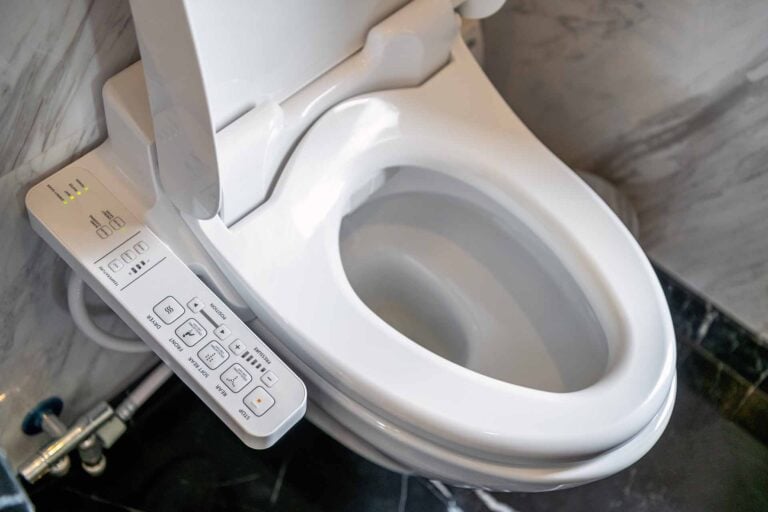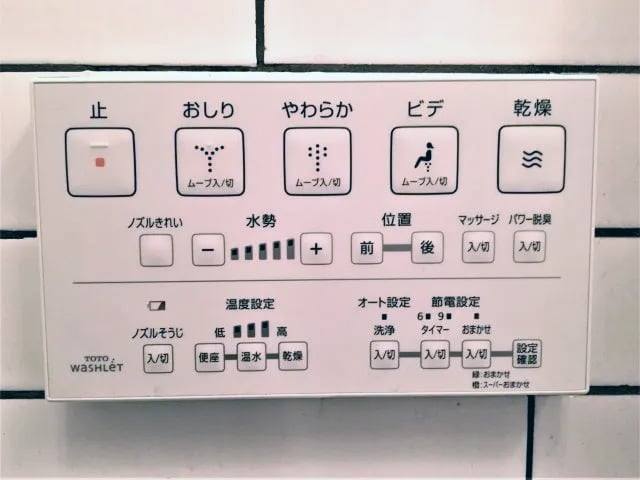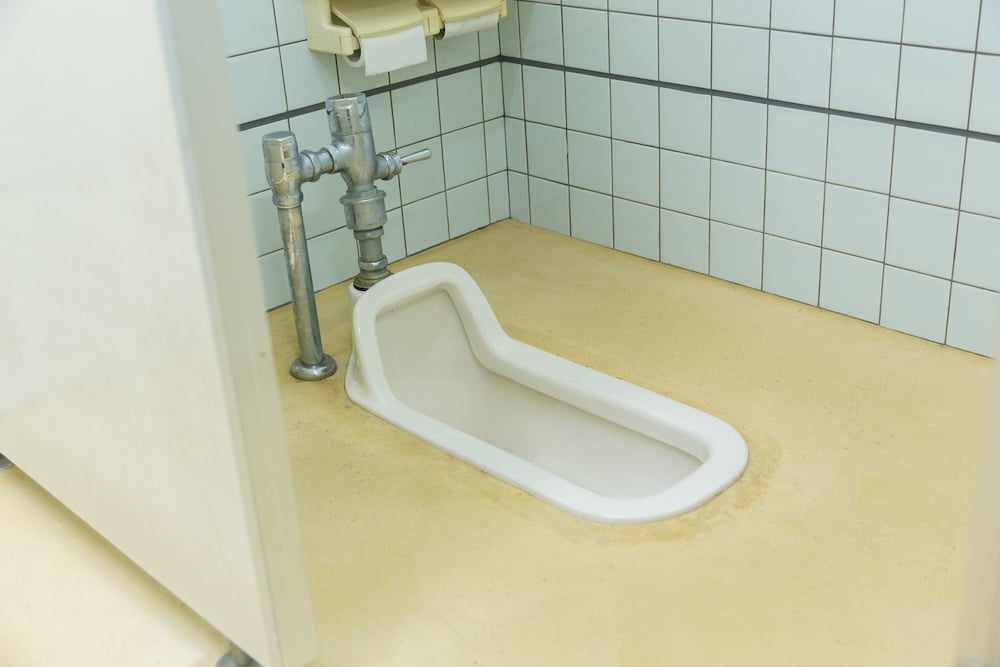
Let me paint you a (slightly graphic, albeit realistic) picture: you’ve just had a lovely coffee with your friend at one of the kissatens 喫茶店 mentioned in a previous article. You’ve chatted, had some good laughs, and just took the last sip from your cup. Suddenly, a sense of urgency takes over. There is clenching, possibly some sweating. You need the restroom. And fast.
Lucky for you, you’re in Japan!
Sure, Japan’s long history, beautiful architecture, delicious food, and fascinating language are all great reasons to visit. In 2019, 32 million people agreed; that’s the number of international tourists that came to Japan pre-pandemic.
Japan has so much to offer outsiders that it’s impossible to fit everything into a single online article. But, one often overlooked aspect of your trip, and one that I really want to highlight, is its toilet culture.
Being Prepared
Now, when I first came to Japan, I was lucky enough to be invited over to a coworker’s home for dinner. Little did I know how unprepared for my first experience using a Japanese toilet I would be. I remember excusing myself to use the restroom, opening the door, and tripping over some slippers that someone had forgotten! Upon finishing all of my ‘business’, I went to flush. But instead of a handle, I was met with a wall of Chinese characters that, after a few seconds, started to make my head spin a little. Keep in mind that my reading level was at about an elementary first grader’s.

Eventually, I was able to use the buttons’ pictographs to work out how to eliminate my handiwork. Things would have been a whole lot easier had I researched the meanings of some of these buttons beforehand. On that note, here are some of the most common ones you’ll come across in bathrooms all over Japan.
| English | Romaji | Japanese |
|---|---|---|
| Toilet | Toire | トイレ |
| Toilet seat | Benza | 便座 |
| Bidet | Bide | ビデ |
| Flush | Nagasu | 流す |
| Dry (for the built-in dryer) | Kansō | 乾燥 |
| Stop | Teishi | 停止 |
| Sound Princess (for the sound-masking feature) | Otohime | 音姫 |
| Big flush | Dai | 大 |
| Small flush | Shō | 小 |
| Posterior [wash] | Oshiri | お尻 |
| Water pressure | Suisei | 水勢 |
| Temperature | Ondo | 温度 |
| Emergency call feature | Yobidashi | 呼び出し |
Oh, and those slippers I ignored? They’re there to change into while you’re in the bathroom. Bathroom slippers keep your feet clean, and germs on the bathroom floor from migrating to other parts of the house, so use them!
Bathroom Comfort & Etiquette
Japan really embraces the radical idea that your time spent on the Throne should be comfortable. Beyond the multitude of buttons at your disposal, you’ll also often find heated seats, deodorizers, and (for all the American readers) stall doors in public bathrooms that go all the way to the floor on all sides.
Something that adds to the comfort factor is the cleanliness that you’ll find in virtually every toilet. Japanese people are raised with the idea that everyone has a responsibility to respect and honor the things that they use as well as other people. Because of this, you’ll see lots of signs asking you to leave the bathroom the way you found it and – even crazier – nearly everyone honoring this system of paying a clean bathroom experience forward.
Even in combinis, which serve a purpose similar to western gas stations as a rest stop, you’ll rarely find stray pieces of toilet paper littering the floor or mementos from the previous user on the seat. Even if you did, most restroom stalls have a sanitizing dispenser for cleaning the seat if you wish.
Toilet Abundance
Last, and maybe one of the best bits of toilet culture in Japan is the sheer amount. When I visited home last year, I was sharply reminded of how easy we’ve got it on this island. Back home, I have to either ask for the keys to the gas station washroom or find a McDonald’s and pay before using (or sneak into) theirs. In Japan, combinis make it nothing short of a toilet paradise – an oasis, if you will, especially for IBS or Crohn’s disease sufferers like my mom.
If you’re starting to think this all sounds too good to be true 100% of the time, you would be right. Although most of the places geared towards tourists in Japan have the toilet setup I’ve described so far, if you find yourself in a Japanese-style restaurant, an old government building, or a school, you might not be so lucky.
And so, I’d like to end this article with a quick warning about Japanese squat toilets, or washiki 和式. As the name suggests, a squat toilet is used while in a – you guessed it – squatting position! Now, I don’t consider myself to be of too many talents, but one thing I take pride in is my ability to easily use this style of latrine. Depending on your flexibility, the experience with these receptacles might not be as seamless. If you do decide to give it a try, just make sure you’re facing the hood before starting your business.

If you’re horrified at the thought of having to use one of these squat toilets, never fear! Where there’s a washiki 和式, there’s usually also at least one youshiki 洋式. And, although this lone western-style toilet probably won’t have many of the fancy buttons and features mentioned above, at least you won’t have to practice your squat form while relieving yourself.
Just like with many other complexities within Japanese culture, the bathrooms of this country offer more than just functionality; they provide insights into meticulousness, comfort innovations, and societal respect. From advanced features and cleanliness to the abundance of toilets, Japan knows how to blend technology with tradition. Embracing the cultural ethos of cleanliness and comfort, Japanese toilet culture ensures a unique and pleasant restroom experience for locals and visitors alike.















